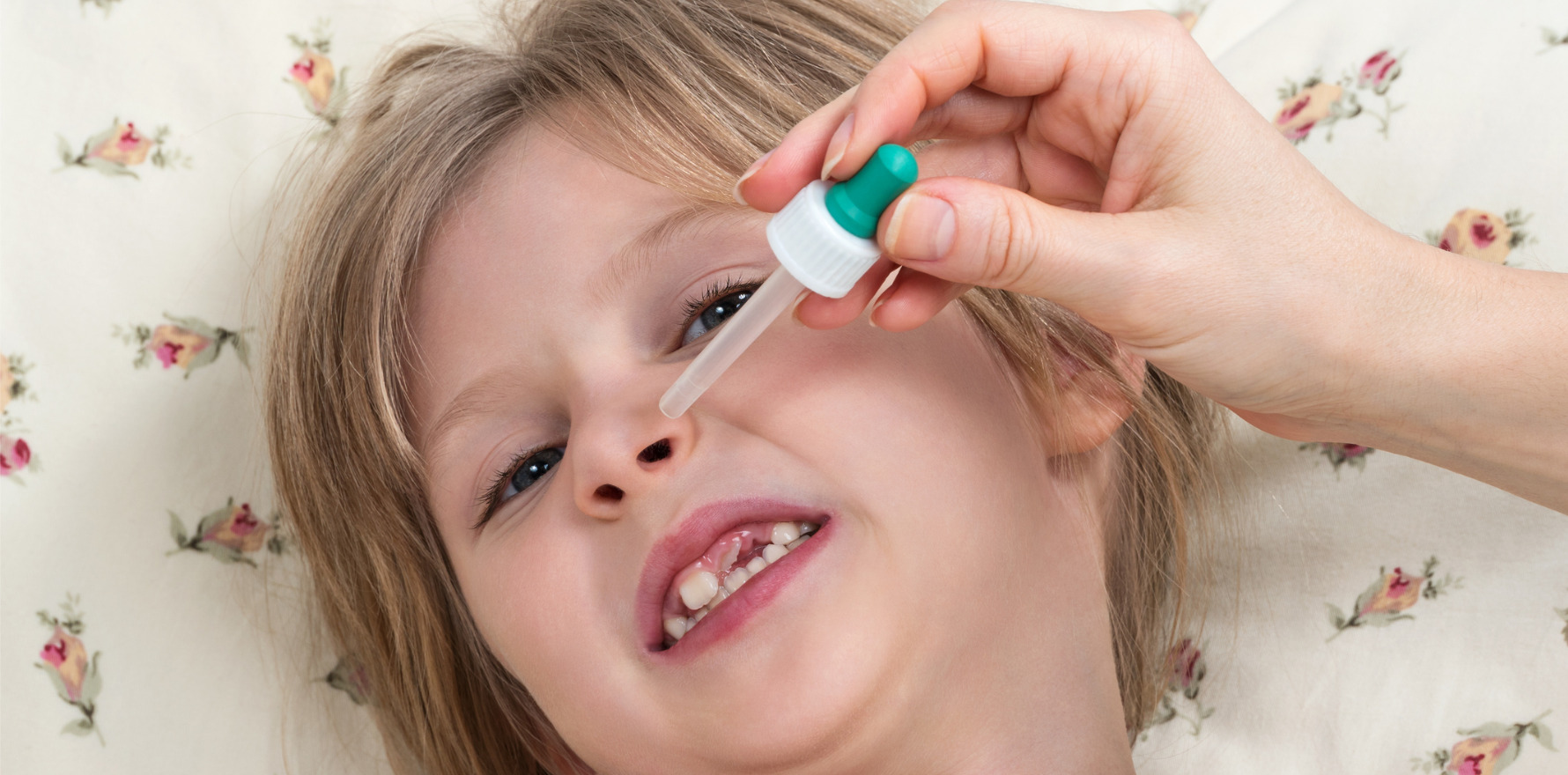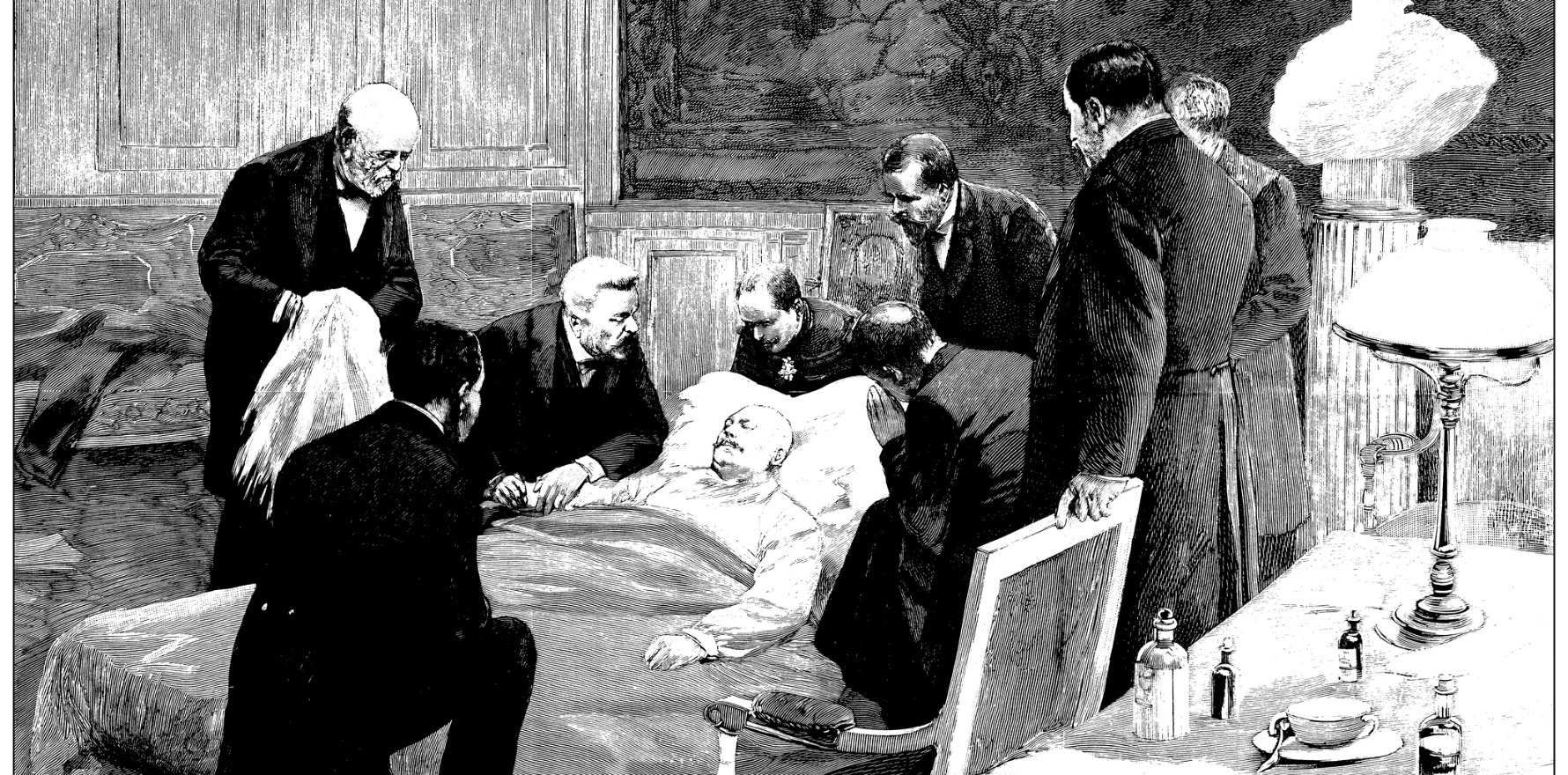The misery could end sooner, and parents may even avoid getting it themselves.
Six drops four times a day, starting within 24 hours of symptoms: it really does work, according to research presented at the European Respiratory Congress in Vienna.
“If you started the nose drops within 24 hours, they worked. If you started them later, they didn’t work,” said Professor Steven Cunningham from the University of Edinburgh, who presented the research.
The randomised control ELVIS trial involved 301 children with colds, under the age of six. Around half were given hypertonic saline ~2.6% nasal drops, three drops per nostril, a minimum of four times per day until well. Parents were instructed on how to make the drops. The other half had usual care.
The children given 2.6% saline nose drops had their cold for an average of six days, compared to eight days for the kids who didn’t use them.
In addition to the shorter cold duration, fewer household members developed a cold (46% vs 61% in the households of children who didn’t have saline drops).
“Salt solutions have been used in many populations for many years to relieve the symptoms of a common cold, but there’s no basis for that in clinical trials,” said Professor Cunningham.
“But there is a mechanistic reason why that might be helpful, and it’s because our innate immune system uses chloride ions to create hypochlorous acid and that has an antiviral effect.”
Related
Normal saline, rather than the hypertonic solution used in the study, may have an antiviral effect, in addition to mucolytic effect, but would not deliver as many chloride ions as hypertonic saline, Professor Cunningham noted.
The saline drops only worked when a virus was found to be present in the children who had cold symptoms (about two-thirds of the study participants), which was usually rhinovirus or enterovirus.
“We were keen to understand what the impact would be for wheeze during the upper respiratory tract infection, and when we looked at this, there didn’t seem to be an impact for all viruses, but there was when it was a rhinovirus that was identified, and that had an important reduction in children experiencing wheeze during respiratory tract infection,” he said.
There was one other difference noted in results for the study population, which Professor Cunningham said couldn’t be explained just yet.
“For some reason, males seem to have an effect and females didn’t,” he said. “We’re not quite clear why that happened. That will need a bit more thought, but that’s going to be very helpful, of course, for males who have worse colds, as we know anyway.”





